Caraway Winter Care – Caraway Cold Hardiness In The Garden
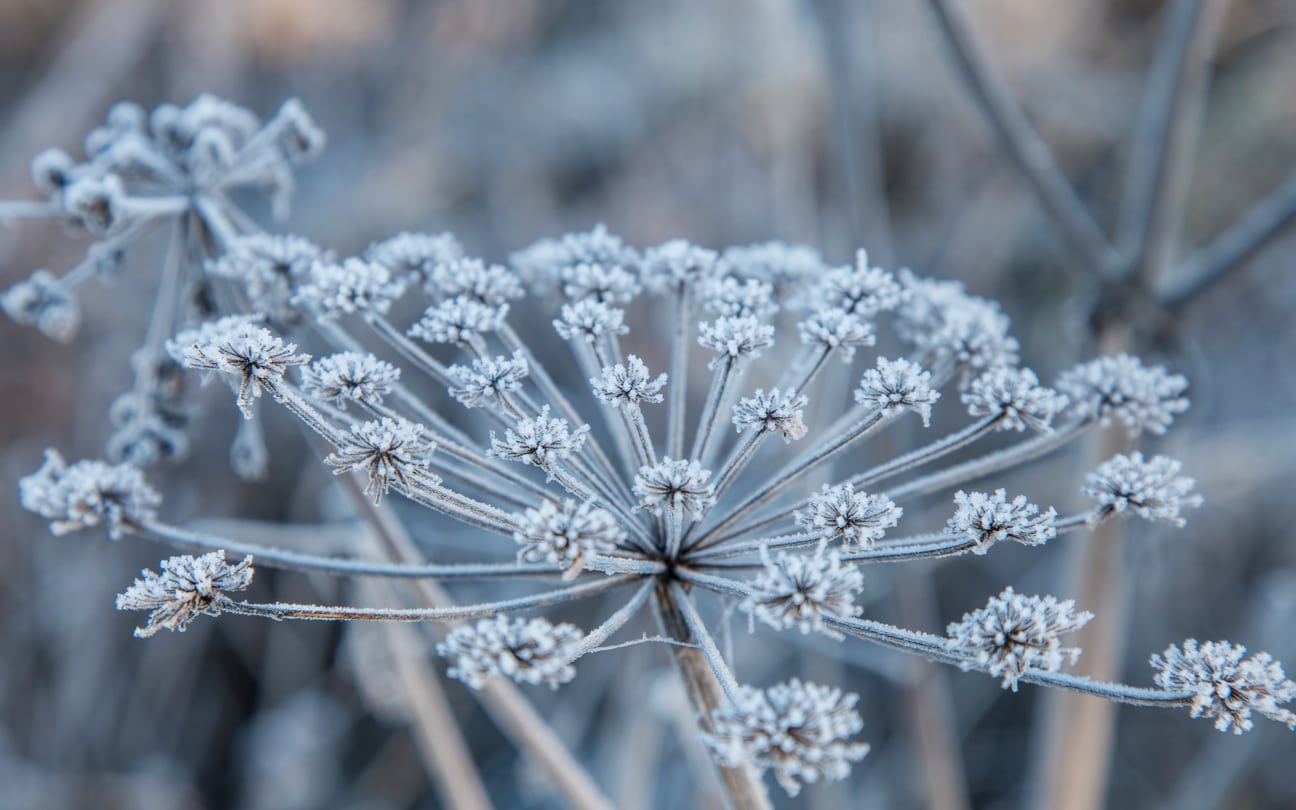

Caraway is a spice that many cooks like to keep in the herb garden. Although you can buy annual plants, most garden caraway are biennials, seeding the second year. That means that the plant requires caraway winter care. Keeping caraway in winter isn’t a problem in mild regions, but in chillier areas, caraway winter protection is a must. Read on to learn about caraway winter planting, caraway cold hardiness, and how to make sure your plants make it to spring.
Keeping Caraway in Winter
If you use caraway seeds in cooking, you may know that caraway (Carum carvi) is a biennial herb. Caraway "seeds" are the dried fruit of this plant that have small seeds on the outside like strawberries do. Caraway winter planting is possible since some seeds can germinate at 40 degrees Fahrenheit (4 C.). However, they germinate best at temperatures closer to 70 degrees F. (21 C.) and are more frequently planted in spring or fall. The first year, caraway grows into small, bushy plants with shiny green leaves. Come autumn, the plants die back to the roots. With good caraway winter care, the herbs make it to spring. The second growing season, the plants grow to twice the size they attained the first year. You can use the leaves in salads whenever they are large enough. At the end of the second season, the plants flower and fruit. The caraway seeds used in cooking are attached to the outside of the fruit. Caraway cold hardiness is exceptional. The plants thrive in U.S. Department of Agriculture plant hardiness zones 3 through 7. That means that this biennial herb tolerates very low temperatures. The plants can even survive winters when the weather dips down to -40 degrees Fahrenheit (-40 C.).
Caraway Winter Care
Since caraway plants die back in autumn to the roots, keeping caraway in winter is not exceptionally difficult. You must protect the roots, but you don’t have to worry about tender stems and leaves. Healthy caraway roots have an easier time making it through winter. The health of the plant impacts the health of the roots, so be sure to provide the plant with everything it needs to thrive. Plant the caraway in a full sun location in well-draining soil. Adding aged compost before planting gets the seedling the nutrients it requires to grow into a healthy plant. Keep the soil moist while the plant is establishing itself and building its root system. Provide more compost at mid-season. Caraway winter care involves protecting the roots from icy weather. One of the best ways to protect them from the cold is to layer mulch over the plant roots. This insulates the caraway like a thick blanket. You can remove this mulch in spring once new growth begins.
Gardening tips, videos, info and more delivered right to your inbox!
Sign up for the Gardening Know How newsletter today and receive a free copy of our e-book "How to Grow Delicious Tomatoes".

Teo Spengler is a master gardener and a docent at the San Francisco Botanical Garden, where she hosts public tours. She has studied horticulture and written about nature, trees, plants, and gardening for more than two decades. Her extended family includes some 30 houseplants and hundreds of outdoor plants, including 250 trees, which are her main passion. Spengler currently splits her life between San Francisco and the French Basque Country, though she was raised in Alaska, giving her experience of gardening in a range of climates.
-
 Looking For Plants To Give You The Soft And Fuzzies? Try These 5 Fuzzy Leaf Plant Options
Looking For Plants To Give You The Soft And Fuzzies? Try These 5 Fuzzy Leaf Plant OptionsLovers of texture, drama, silver foliage and tactile plants will adore these special sensory garden additions. These fuzzy leaf plant options will leave you all aglow
By Susan Albert
-
 Get Ready For A Summer Of Hummers! Grow These Full Sun Hummingbird Plants and Flowers
Get Ready For A Summer Of Hummers! Grow These Full Sun Hummingbird Plants and FlowersIf you’re lucky enough to enjoy a sunny backyard, make sure you are maxing out on your pollinator opportunities and grow these full sun hummingbird plants and flowers
By Tonya Barnett
-
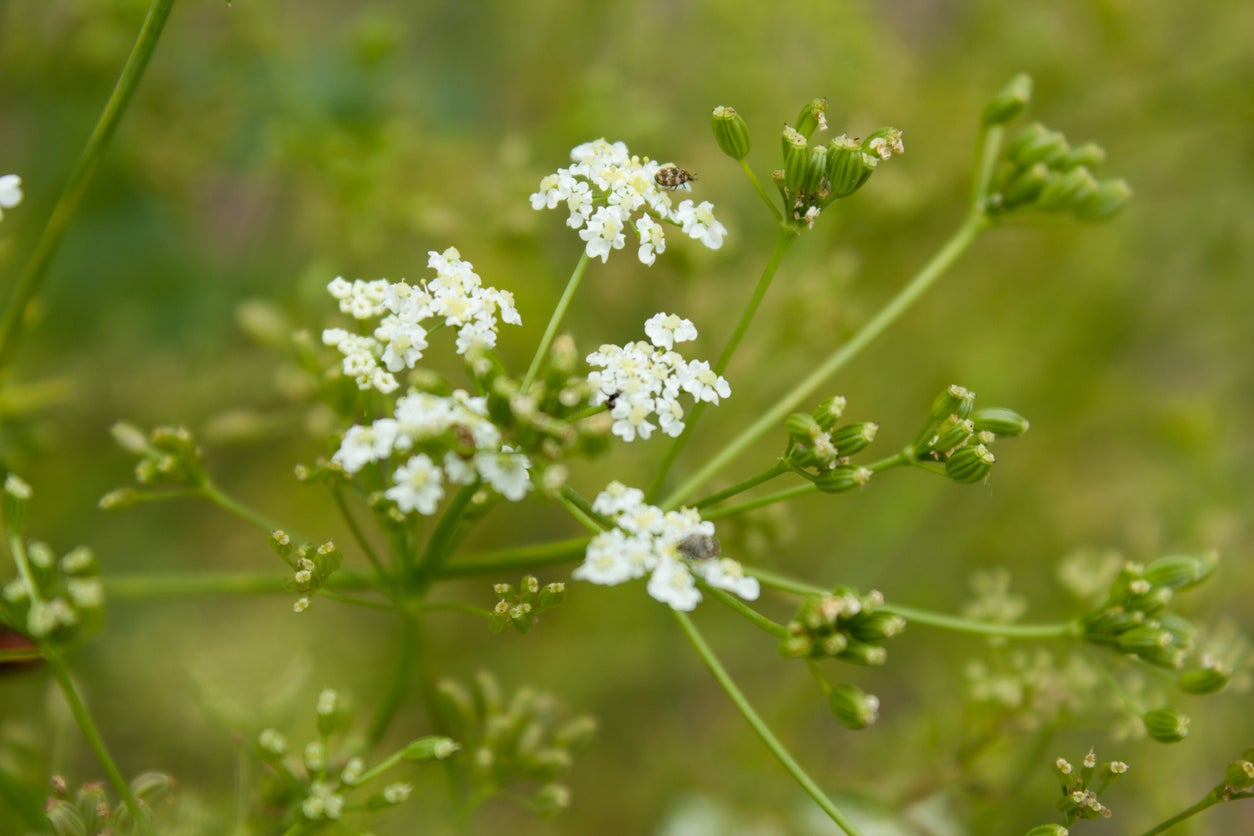 Varieties Of Caraway – Are There Different Caraway Plant Species You Can Grow
Varieties Of Caraway – Are There Different Caraway Plant Species You Can GrowYou can grow and harvest your own seed to use in the spice cupboard, but first you need to choose the varieties of caraway that will perform best in your garden. There are approximately 30 caraway plant species. Learn about some of them in this article.
By Bonnie L. Grant
-
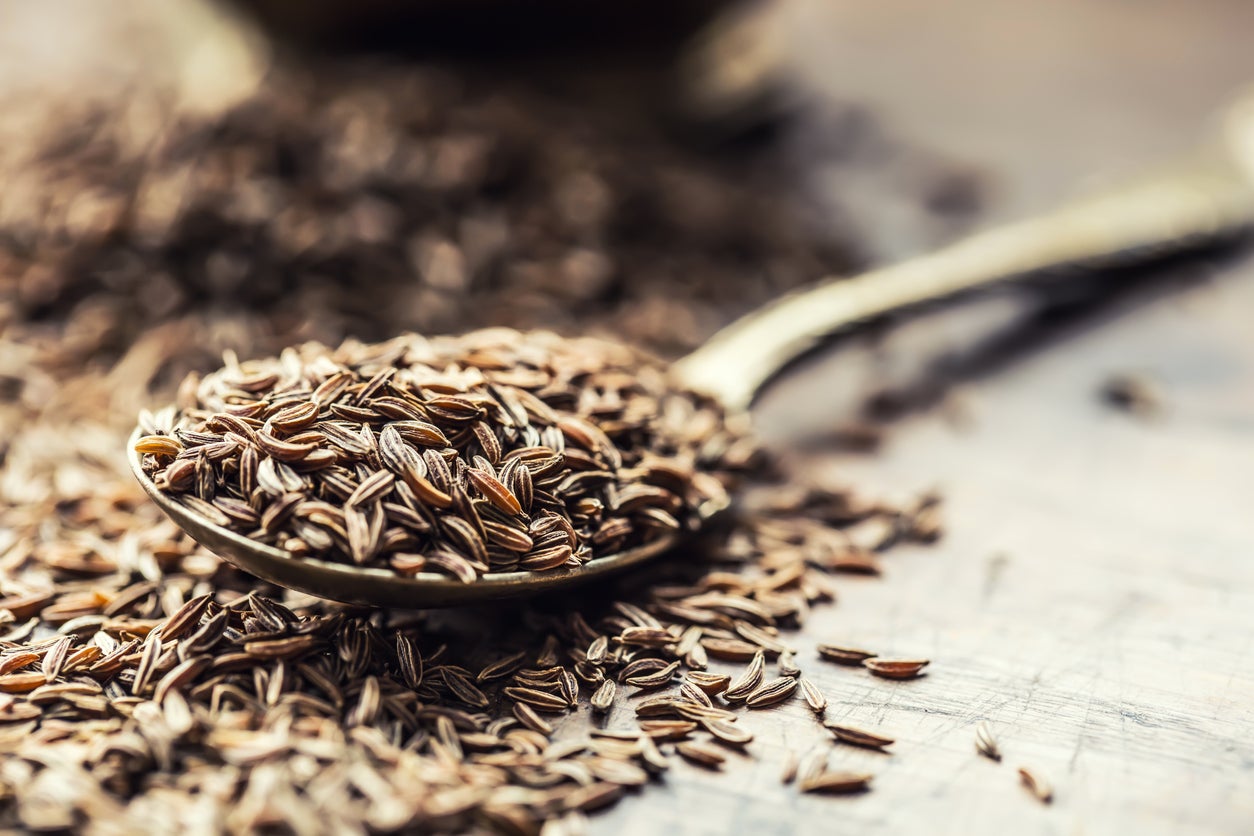 Storing Caraway: Learn How To Dry Caraway Seeds
Storing Caraway: Learn How To Dry Caraway SeedsIf you’re wondering how to preserve caraways seeds from plants grown in your garden, drying caraway is the easiest and safest way to go. Want to learn how to dry caraway seeds? Click this article for easy instructions.
By Mary H. Dyer
-
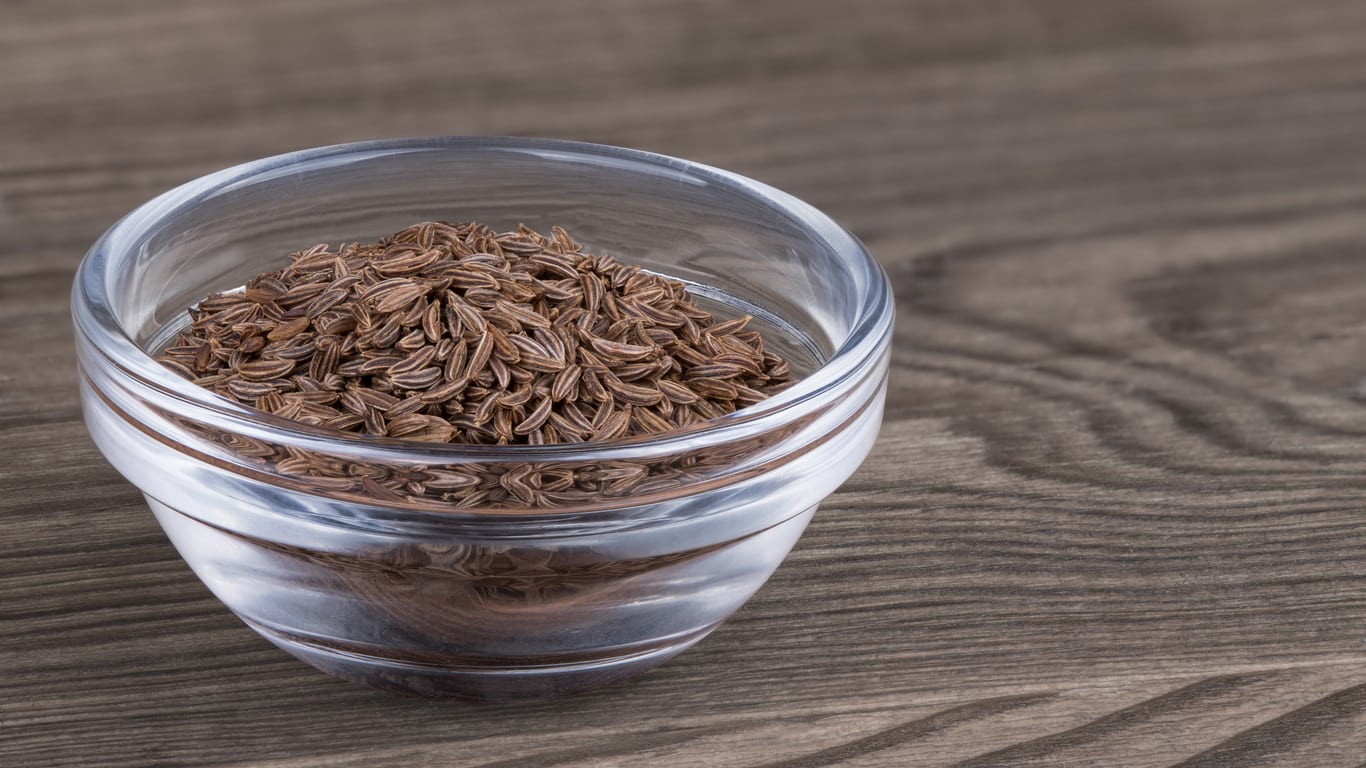 Common Caraway Benefits – Is Caraway Good For You
Common Caraway Benefits – Is Caraway Good For YouIs caraway good for you? Many gardeners are impressed by the health benefits of caraway and grow it for medicinal purposes. For information on using caraway for health, the following article can be of help. Click here to learn more.
By Teo Spengler
-
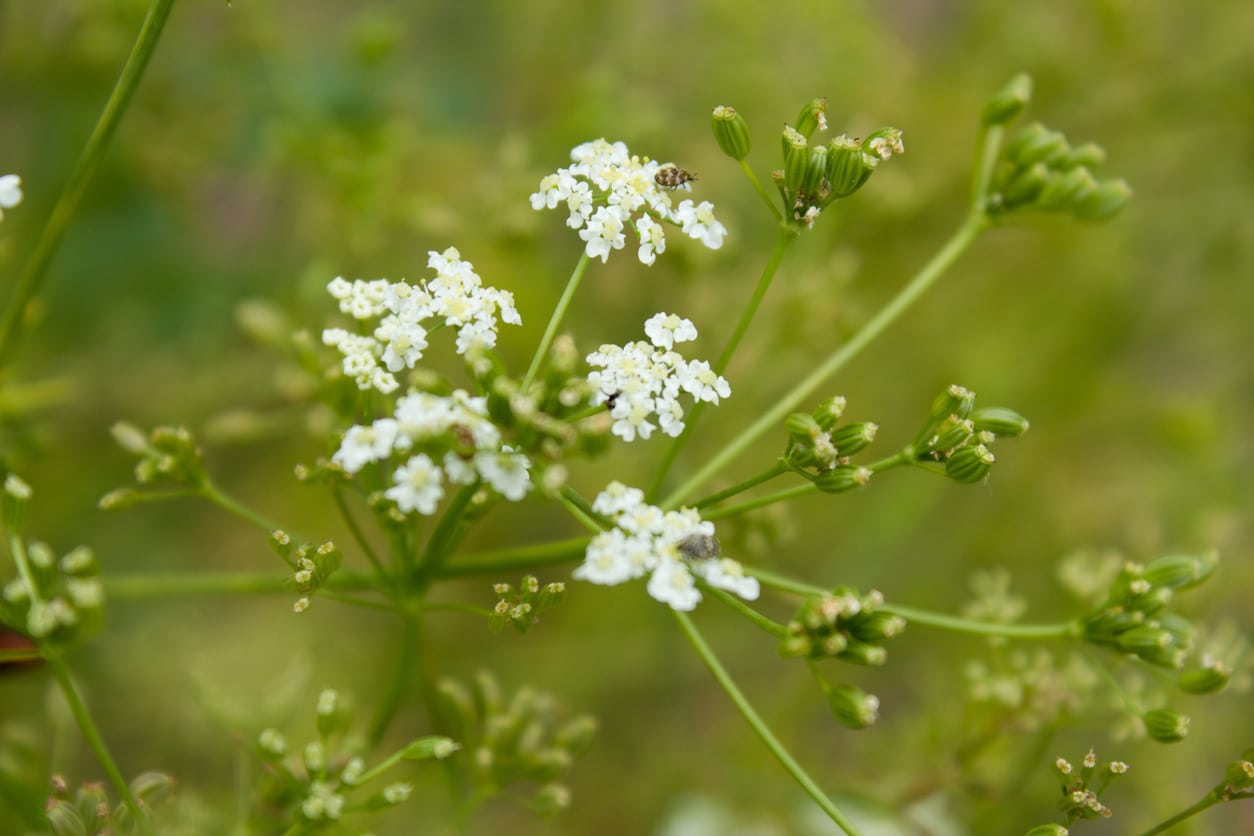 Caraway Issues In The Garden – Dealing With Disease And Pests Of Caraway
Caraway Issues In The Garden – Dealing With Disease And Pests Of CarawayCaraway is a biennial plant cultivated for its anise-like flavored seeds. It is a fairly easy herb to grow with very few caraway issues. Closely related to both carrots and parsley, problems with pests and diseases of caraway tend to be of the same kind. Learn more here.
By Amy Grant
-
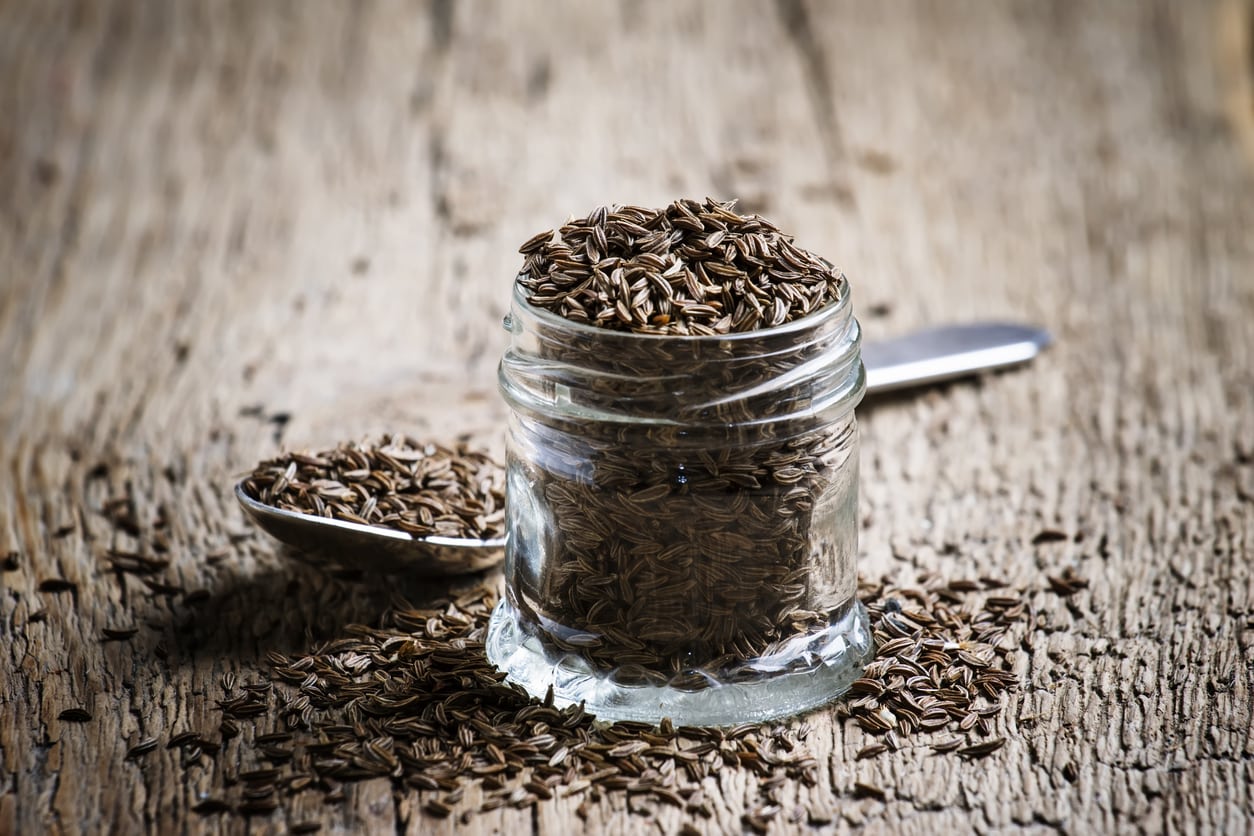 Caraway Uses – What To Do With Caraway Plants
Caraway Uses – What To Do With Caraway PlantsIt’s the caraway that sets rye bread apart from all other deli breads, but did you ever wonder how else to use caraway seeds? There are a plethora of caraway uses. Click this article if you’re interested in what to do with caraway post plant harvest.
By Amy Grant
-
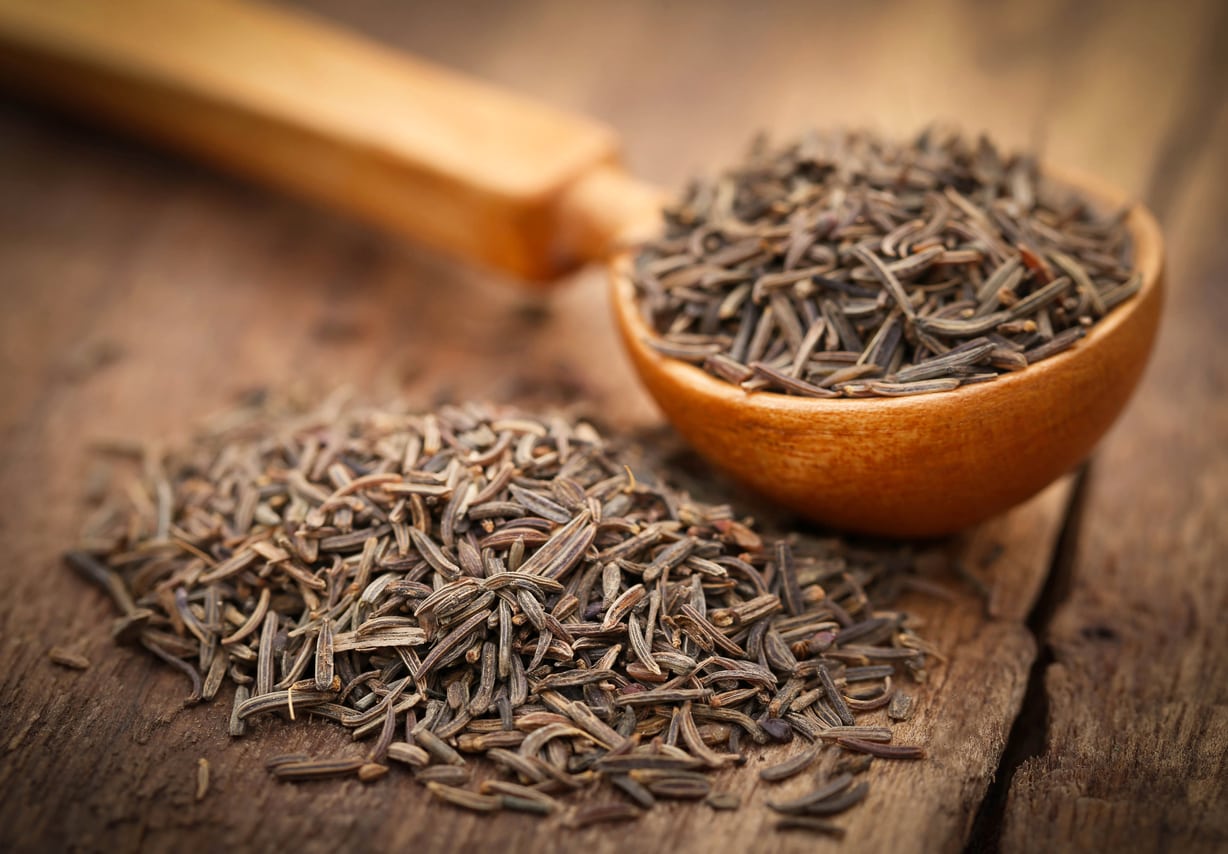 Harvesting Caraway Seeds – When To Pick Caraway Plants
Harvesting Caraway Seeds – When To Pick Caraway PlantsThe most commonly used part of caraway is the seed. It is an easy plant to grow and harvesting caraway seeds is just a two-step process. Click on the following to learn when to pick caraway so the seeds will be at the peak of their flavor.
By Bonnie L. Grant
-
 Failing Caraway Symptoms: Common Diseases Of Caraway Plants
Failing Caraway Symptoms: Common Diseases Of Caraway PlantsCaraway is a great herb to grow in the garden. While most people only think of the seeds as edible, you can actually eat the entire plant, including the roots. Unfortunately, there are some caraway diseases that may harm, or even kill, your plants. Learn about them here.
By Mary Ellen Ellis
-
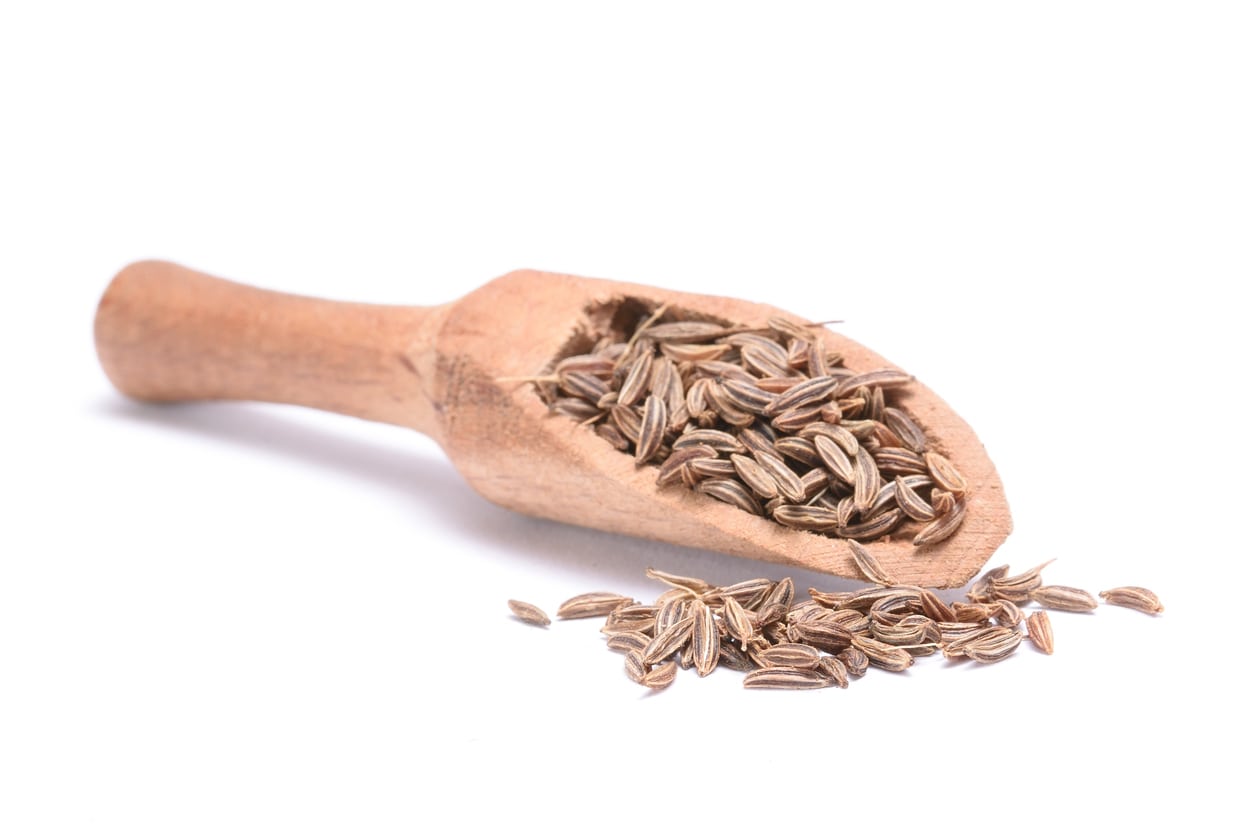 Planting Seeds Of Caraway Plants – Tips For Sowing Caraway Seeds
Planting Seeds Of Caraway Plants – Tips For Sowing Caraway SeedsGrowing caraway from seed isn’t difficult, and you’ll enjoy the appearance of the lacy leaves and clusters of tiny white flowers. Once the plant is mature, you can use leaves and seeds in a variety of flavorful dishes. Learn how to plant caraway seeds in this article.
By Mary H. Dyer